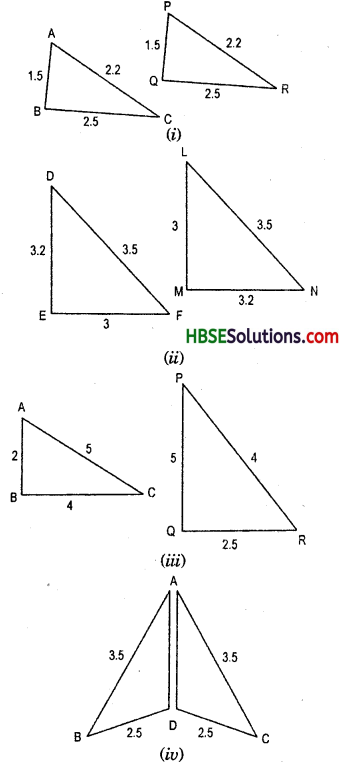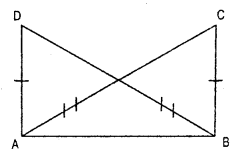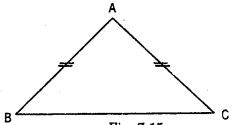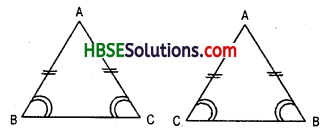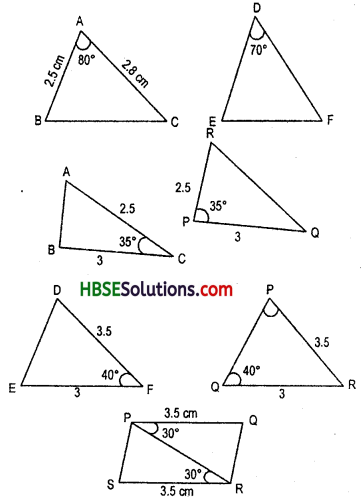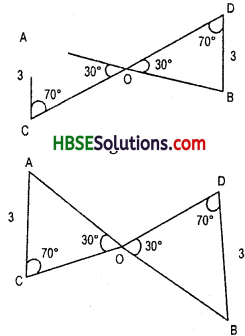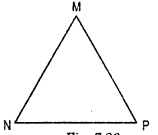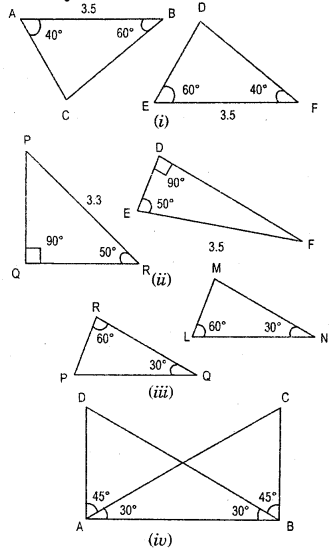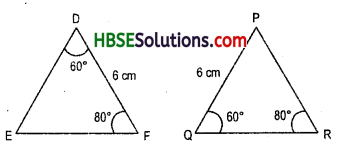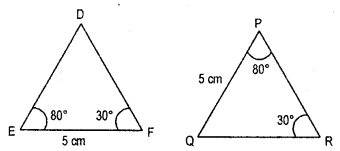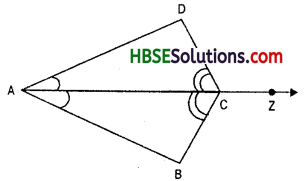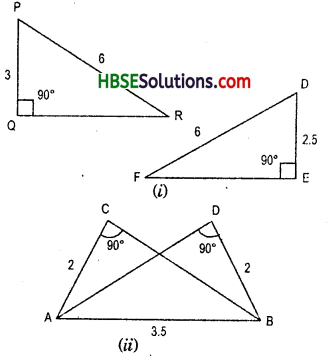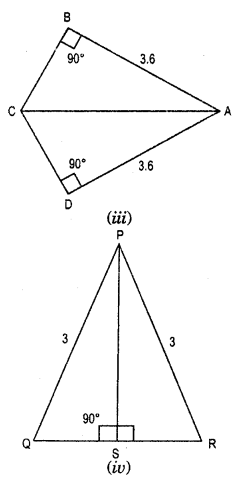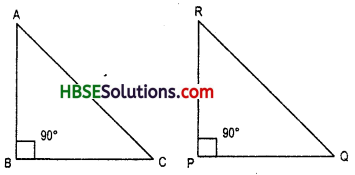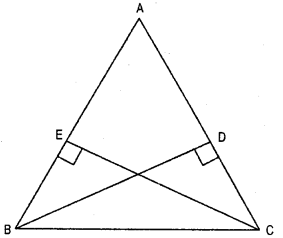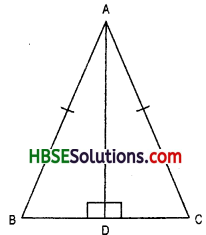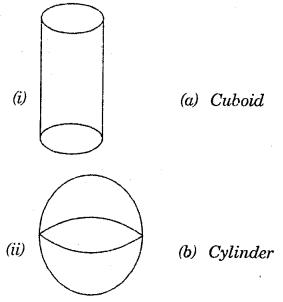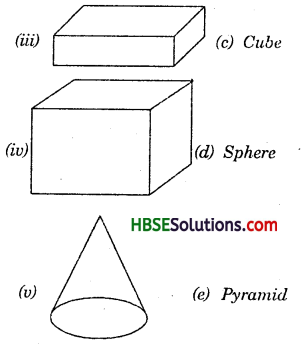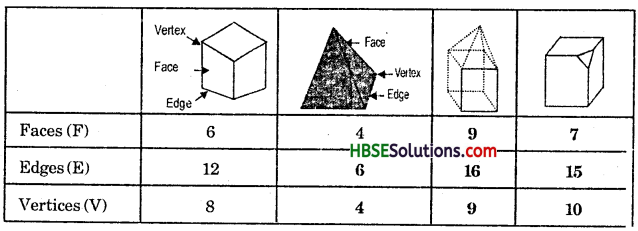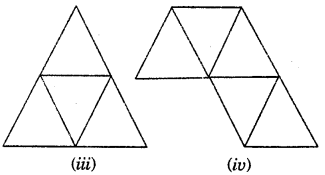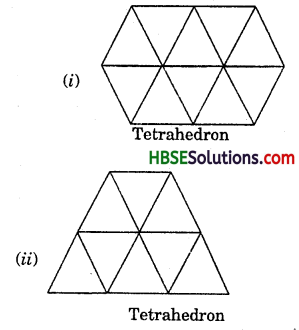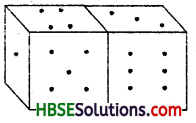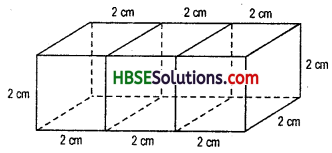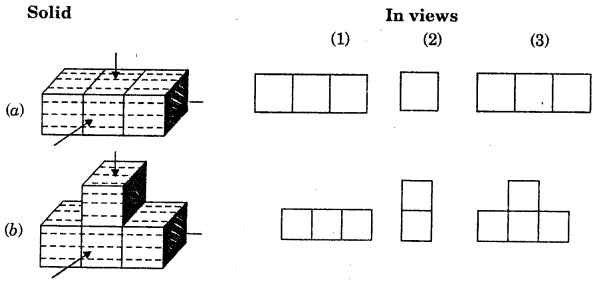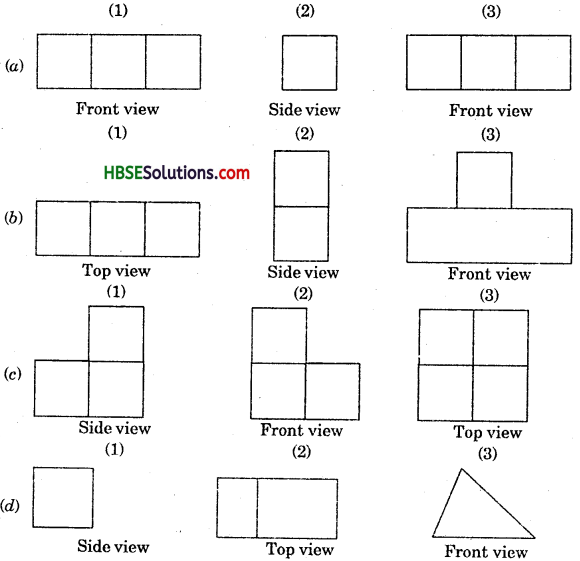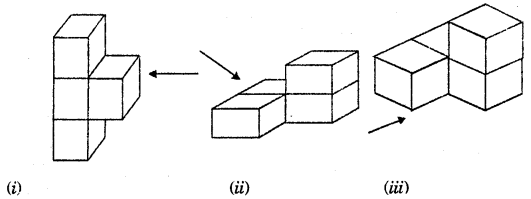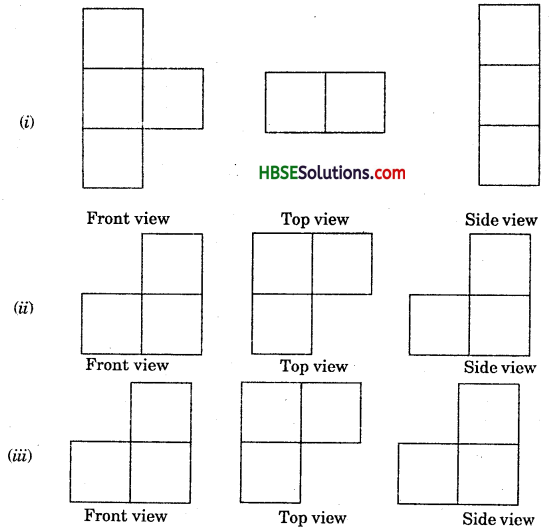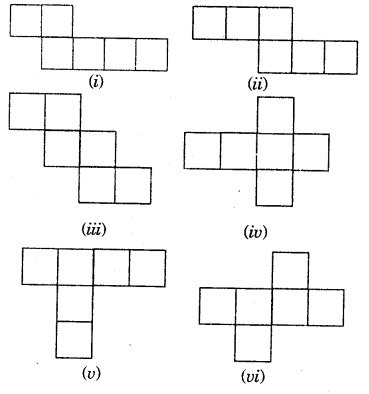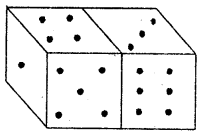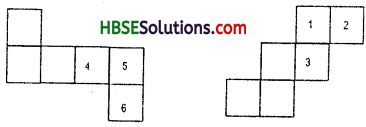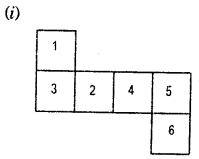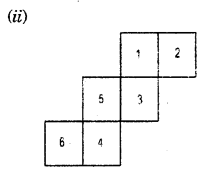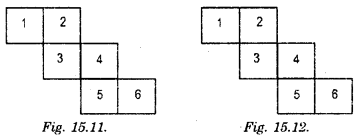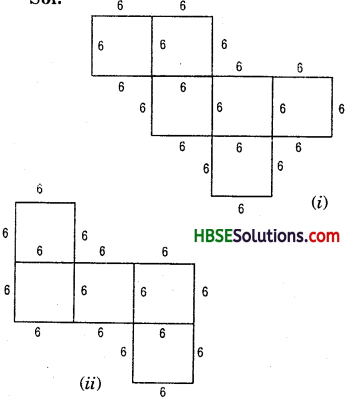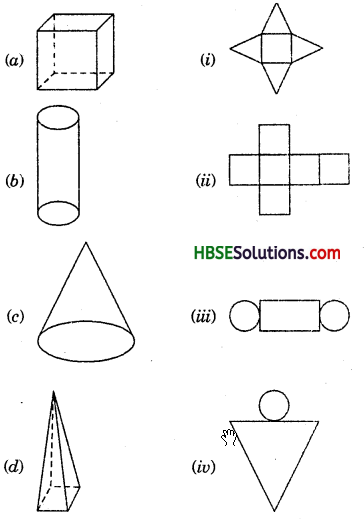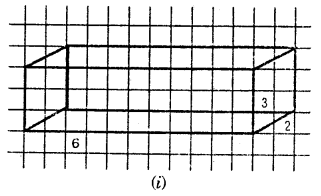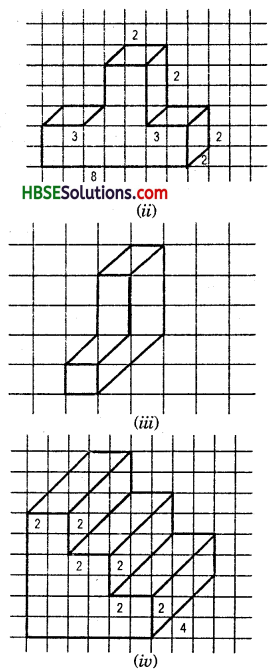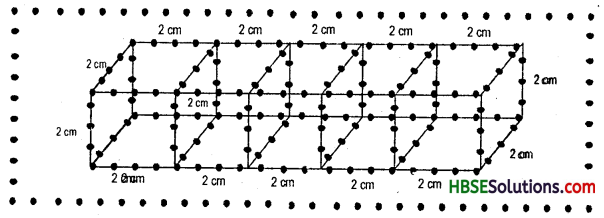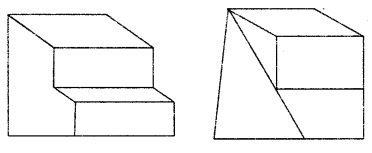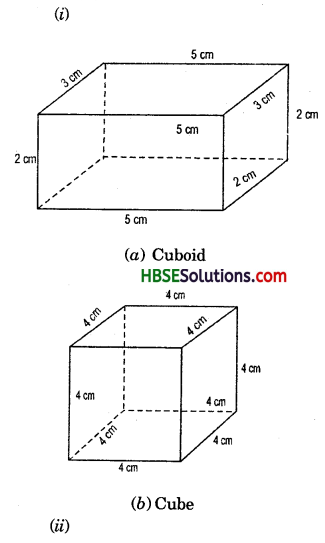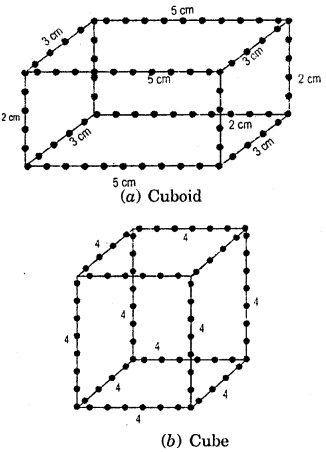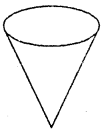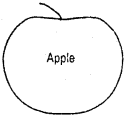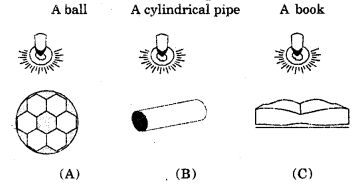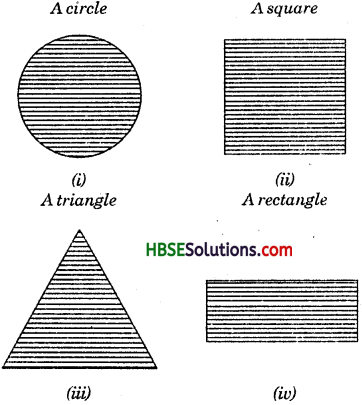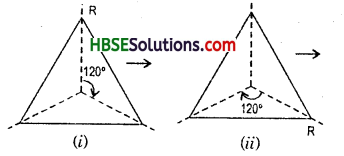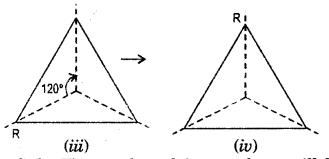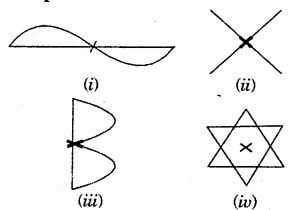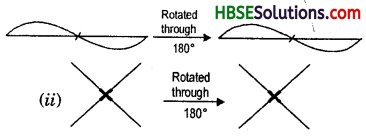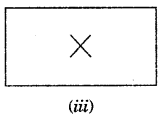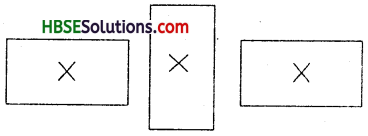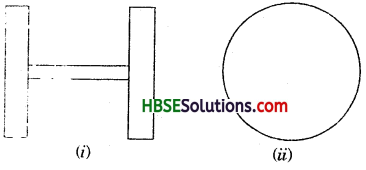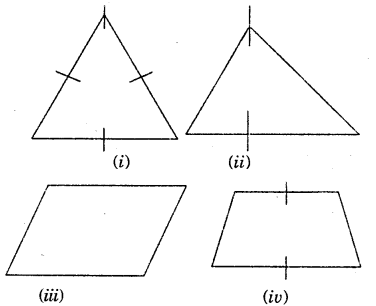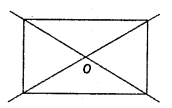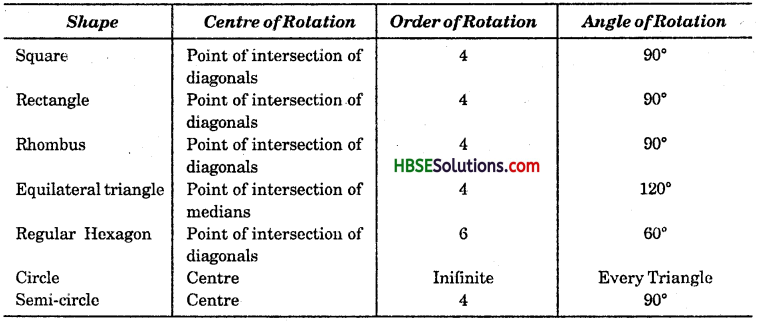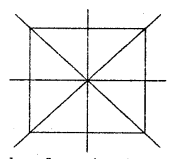HBSE 7th Class Hindi Vyakaran वर्ण-विचार : उच्चारण और वर्तनी
Haryana State Board HBSE 7th Class Hindi Solutions Hindi Vyakaran Varn-Vichar : Uchchaaran Aur Vartani वर्ण-विचार : उच्चारण और वर्तनी Exercise Questions and Answers.
Haryana Board 7th Class Hindi Vyakaran वर्ण-विचार : उच्चारण और वर्तनी
इस अध्याय के अंतर्गत निम्नलिखित का अध्ययन किया जाएगा :
- स्वर एवं स्वरों के भेद
- व्यंजन एवं व्यंजनों के भेद
- अक्षर
- व्यंजन गुच्छ 00 बलाघात
- अनुतान
- संगम
- उच्चारण संबंधी अशुद्धियां और उनमें सुधार
वर्ण :
वर्ण क्या है ? : भाषा की सबसे छोटी इकाई ध्वनि है। इसके लिखित रूप को वर्ण कहते हैं। वर्ण शब्द का प्रयोग ध्वनि और ध्वनि-चिह्न (लिपि-चिह्न) दोनों के लिए होता है। इस प्रकार वर्ण भाषा के मौखिक और लिखित दोनों रूपों के प्रतीक हैं। इसे हम अक्षर भी कह सकते हैं। अक्षर का अर्थ है-उसके और टुकड़े नहीं किए जा सकते।
वर्ण या अक्षर वह छोटी-से-छोटी ध्वनि है, जिसके टुकड़े नहीं किए जा सकते।
![]()
वर्णमाला (Alphabet) : वर्गों के व्यवस्थित समूह को वर्णमाला कहते हैं।
मानक देवनागरी वर्णमाला (Standard Hindi Alphabet) :

अनुस्वार : ं अं
विसर्ग : : अ:


हल् चिह्न ( ) : सभी व्यंजन वर्णों के लिपि चिह्नों में ‘अ’ स्वर रहता है, जैसे – क – क् + अ । जब स्वर रहित व्यंजन का प्रयोग करना हो तो उसके नीचे हल चिह्न लगाया जाता है। वर्णों के भेद (Kinds of Alphabet) : वर्णों को दो भागों में बाँटा जाता है :
1. स्वर (Vowels)
2. व्यंजन (Consonants)
स्वर (Vowels) :
जिन ध्वनियों के उच्चारण में श्वास-वायु बिना किसी रुकावट के मुख से निकलती है, उन्हें स्वर कहते हैं।
हिंदी में निम्नलिखित स्वर हैं :

यद्यपि ‘ऋ’ को लिखित रूप में स्वर माना जाता है, परंतु आजकल हिंदी में इसका उच्चारण ‘रि’ के समान होता है।
आजकल अंग्रेजी प्रभाव के कारण ‘ऑ’ ध्वनि हिंदी में अपनी जगह बना चुकी है। यह ‘आ’ और ‘ओ’ के बीच की ध्वनि है। इसका लिपि-चिह्न (ऑ) है।
जैसे – बॉल, डॉक्टर, हॉकी आदि।
![]()
स्वर के भेद (Kinds of Vowels) :
(क) उच्चारण में लगने वाले समय के आधार पर स्वरों को दो भागों में बाँट सकते हैं :
1. हस्व स्वर (Short vowels)।
2. दीर्घ स्वर (Long vowels)
आइए, अब हम इनके बारे में जानें :
1. ह्रस्व स्वर : जिन स्वरों को सबसे कम समय (एक मात्रा) में उच्चरित किया जाता है, उन्हें हस्व स्वर कहते हैं। ये हैं – अ इ उ (ऋ)
हस्व ‘ऋ’ का प्रयोग केवल संस्कृत के तत्सम शब्दों में होता है, जैसे-
ऋषि, ऋतु, कृषि आदि।
ह्रस्व स्वरों को ‘मूल स्वर’ भी कहते हैं।
2. दीर्घ स्वर : जिन स्वरों के उच्चारण में हस्व स्वरों से अधिक (लगभग दुगुना) समय लगता है, उन्हें दीर्घ स्वर कहते हैं। ये स्वर हैं : आ ई ऊ ए ऐ ओ औ
ये स्वर हस्व स्वरों के दीर्घ रूप नहीं हैं, वरन् स्वतंत्र ध्वनियाँ हैं। इन स्वरों में ए तथा औ का उच्चारण संयुक्त स्वर रूप में भी है, जैसे-‘ऐ’ में ‘अ+इ’ दो स्वरों का संयुक्त रूप है। यह उच्चारण तब होता है जब बाद में क्रमशः ‘य’ और ‘व’ आएँ ; जैसे- भैया = भइया, कौआ – कउवा
शेष स्थिति में ‘ऐ’ और ‘औ’ का उच्चारण शुद्ध स्वर की भाँति होता है । जैसे- मैल, कैसा, औरत, कौन आदि।
व्यंजन (Consonants) :
जिन ध्वनियों के उच्चारण में वायु रूकावट के साथ मुँह से बाहर आती है, उन्हें व्यंजन कहते हैं।
हिंदी वर्णमाला में मूलतः 33 व्यंजन हैं। दो व्यंजन ‘ड’ और ‘ढ़’ क्रमशः ‘ड’ ‘ढ’ से विकसित हुए हैं।
हिंदी में अरबी, फारसी, तुर्की आदि के शब्द आ जाने के कारण आने वाली ध्वनियों के लिए जो व्यंजन बनाए गए हैं, वे हैं-क, ख, ग, फ, ज़ ।
![]()
प्रयत्न और स्थान की विविधता के अनुसार हिंदी-व्यंजनों की तालिका
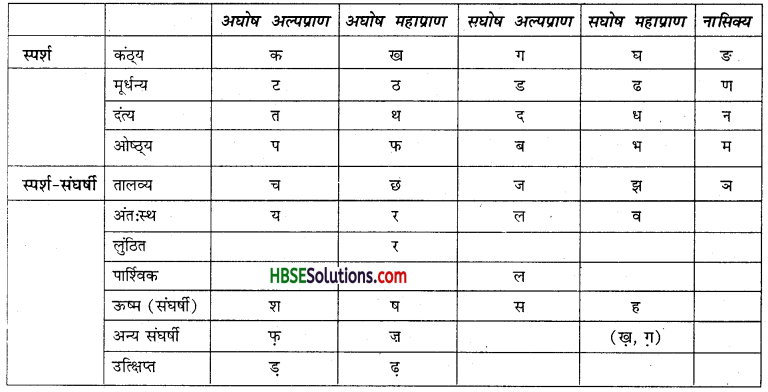
व्यंजनों का वर्गीकरण (Classification of Consonants) :
उच्चारण की दृष्टि से व्यंजन वर्णों को दो प्रकार से विभाजित किया जाता है :
(1) स्थान के आधार पर
(2) प्रयल के आधार पर।
1. स्थान के आधार पर (Places of Pronunciation) :
व्यंजनों का उच्चारण मुख के विभिन्न अवयवों-कंठ, तालु, मूर्धा आदि से किया जाता है। जो वर्ण मुख के जिस भाग से बोला जाता है, वही उस वर्ण का ‘उच्चारण स्थान’ कहलाता है। वर्गों के उच्चारण स्थान इस प्रकार हैं :
| वर्ण का नाम | उच्चारण स्थान | वर्ण |
| कंठ्य | कंठ (गले) | क, ख, ग, घ, ङ |
| तालव्य | तालु | त, छ, ज, झ, ञ, य, श |
| मूर्धन्य | तालु का मूर्धा भाग | ट, ठ, ड, ढ, ण, ड, ढ, ष |
| दंत्य | दाँतों का मूल | त, थ, द, ध, न |
| वर्त्य | दंतमूल | न, स, ज, र, ल |
| ओष्ठ्य | दोनों होंठ | प, फ, ब, भ, म |
| दंतोष्ठ्य | निचले होंठ और ऊपर के दाँत | व, फ |
| स्वरयंत्रीय | स्वरयंत्र | ह |
2. प्रयत्न के आधार पर (Manner of Articulation) :
व्यंजन ध्वनियों के उच्चारण में श्वास का कंपन, श्वास की मात्रा तथा जिह्वा आदि अवयवों द्वारा श्वास के अवरोध की प्रक्रिया का नाम प्रयत्न है।
प्रायः यह प्रयत्न तीन प्रकार से होता है :
1. स्वरतंत्री में साँस के कंपन के रूप में।
2. श्वास (प्राण) की मात्रा के रूप में।
3. मुख-अवयवों द्वारा श्वास रोकने के रूप में।
अब हम इन तीनों रूपों के बारे में विस्तारपूर्वक जानकारी प्राप्त करेंगे।
1. स्वरतंत्री में श्वास का कंपन : हमारे गले में दो झिल्लियाँ होती हैं, जो वायु के वेग से काँपकर बजने लगती हैं, इन्हें स्वरतंत्री कहते हैं। स्वर-तंत्रियों में होने वाले कंपन के आध र पर व्यंजन वर्णों के दो भेद हैं- अघोष और सघोष।
(क) अघोष (Non-wavering Sound) : जिन ध्वनियों के उच्चारण में स्वरतंत्रियों में कंपन नहीं होता, उन्हें अघोष कहते हैं। हिंदी की अघोष ध्वनियाँ ये हैं :
![]()
प्रथम तथा द्वितीय व्यंजन तथा
![]()
(ख) सघोष (Wavering Sound) : जिन ध्वनियों के उच्चारण में स्वरतंत्रियों में कंपन होता है, उनको सघोष कहते हैं। हिंदी के सघोष व्यंजन हैं :
![]()
ब भ म – वर्गों के तीसरे, चौथे और पाँचवें व्यंजन
तथा ![]()
सभी स्वर सघोष होते हैं।
![]()
2. श्वास की मात्रा : इस आधार पर व्यंजनों के दो भेद किए जाते हैं :
(क) अल्पप्राण (Non-Aspirated)
(ख) महाप्राण (Aspirated)।
(क) अल्पप्राण (Non-Aspirated) : जिन ध्वनियों के उच्चारण में श्वास (प्राण वायु) कम मात्रा में बाहर निकलती है, उन्हें अल्पप्राणं व्यंजन कहते हैं। ये हैं :
![]() ← वर्गों के पहले, तीसरे और पाँचवें वर्ण
← वर्गों के पहले, तीसरे और पाँचवें वर्ण
तथा ![]()
(ख) महाप्राण (Aspirated) : जिन ध्वनियों के उच्चारण में श्वास वायु अधिक मात्रा में बाहर निकलती है, उन्हें महाप्राण कहते हैं। ये हैं :
![]() ← वर्गों के दूसरे और चौथे वर्ण तथा
← वर्गों के दूसरे और चौथे वर्ण तथा
व्यंजन-गुच्छ :
जब दो या दो से अधिक व्यंजन एक साथ एक श्वास के झटके में बोले जाते हैं, तब उनको ‘व्यंजन-गुच्छ’ कहा जाता है। जैसे-प्यास। शब्द के आदि में प्राय: दो प्रकार के व्यंजन-गुच्छ मिलते हैं :
1. व्यंजन + य, र, ल, व
2. स + य र ल से भिन्न व्यंजन
| 1. | क् + य = क्य (क्यारी) क् + व = क्व (क्वारा) क् + र = क्र (क्रम) |
| 2. | श् + र = श्र (श्रम) श् + य = श्य (श्याम) स् + र = स्र (स्रोत) |
| 3. | स् + क = स्क (स्कंध) स् + त = स्त (स्तन) स् + न = स्न (स्नान) स् + फ = स्फ (स्फूर्ति) |
| 4. | ग् + य = ग्या (ग्यारह) ग् + व = ग्व (ग्वाला) ग् + र = ग्र (ग्राम) |
| 5. | स् + ल = स्ल (स्लेट) स् + ट = स्ट (स्टेशन) स् + थ = स्थ (स्थल) |
शब्द के मध्य तथा अंत में भी अनेक व्यंजन-गुच्छ मिलते हैं ; जैसे- न् + त = अंत, र + म – मार्ग, प् + त – लुप्त आदि।
![]()
व्यंजन-संयोग :
जब एक व्यंजन के साथ दूसरा व्यंजन आता है और दोनों का उच्चारण अलग-अलग किया जाए तो व्यंजन-संयोग होता है। व्यंजन-संयोग में व्यंजनों को अलग-अलग लिखना चाहिए।
जैसे- जनता = जन् + ता में न् + त का संयोग है।
उलटा = उल्+ टा में ल् + ट का संयोग है।
व्यंजन-द्वित्व :
जब कोई व्यंजन अपने समरूप व्यंजन से मिलता है तो ऐसे रूप को व्यंजन-द्वित्व कहते हैं। जैसेइक्का, पक्का, बच्चा, कट्टर, लड्डू, दिल्ली, लटू, उद्देश्य, थप्पड़, उत्तेजित आदि। Is इन्हें भी समझो : ‘र’ व्यंजन युक्त।
- जब ‘र’ (स्वर रहित) किसी व्यंजन के पूर्व हो, जैसे – कर्म, धर्म, वर्ष आदि।
- जब ‘र’ (स्वर सहित) किसी व्यंजन के बाद हो, जैसे – प्रेम, क्रम आदि।
- यही स्वर सहित ‘र’ ट और ड के साथ वर्तनी के साथ कुछ भिन्न रूप ले लेता है, जैसे-ट्रेन, ट्रक, ड्रम आदि।
दो व्यंजनों के त और श के साथ इसके विशिष्ट रूप बन जाते हैं-
त् + र =त्र त्रिशूल, त्रिभुज, यंत्र
श् + र = श्र श्रम, श्री, आश्रय अन्य
संयुक्त व्यंजन :
क् + ष = क्ष क्षमा, क्षेत्र, क्षत्रिय
ज् + अ = ज्ञ ज्ञान, यज्ञ, विज्ञान
(‘ज्ञ’ का उच्चारण प्रायः ग् + य – ग्य के रूप में किया जाता है।)
वर्ण-विच्छेद :
जब किसी शब्द में प्रयुक्त वर्णों को अलग-अलग किया जाता है, तो उसे ‘वर्ण-विच्छेद’ कहते हैं।
उदाहरण-
| विद्यालय | व् + इ + द् + य् + आ + ल् + अ + य् + अ |
| भारतीय | भ् + आ + र् + अ + त् + ई + य् + अ |
| योग्यता | य् + ओ + ग् + य् + अ + त् + आ |
![]()
बलाघात (Stress):
किसी शब्द के उच्चारण में किसी अक्षर पर जो बल दिया जाता है, उसे बलाघात कहते हैं। किसी भी अक्षर के सभी शब्द समान बल से नहीं बोले जाते। जैसे- ‘राम’ शब्द में ‘रा’ पर बल है। – ‘कबीर’ शब्द में ‘बी’ पर बल है। * बलाघात शब्द स्तर पर भी देखा जाता है, जैसे –
रोको, मत जाने दो।
आज मैं रामायण पढूंगा।
मैं रामायण कल पढूँगा ।
अनुतान (Intonation) :
बोलने में जो सुर का उतार-चढ़ाव (आरोह-अवरोह) होता है, उसे अनुतान कहते हैं। इसका महत्व शब्द एवं वाक्य दोनों स्तरों पर है। ‘अच्छा’ शब्द की विभिन्न अनुतान से –
अच्छा – सामान्य कथन/स्वीकृति
अच्छा ? – प्रश्नवाचक
अच्छा ! – आश्चर्य
संगम (Juncture) :
पदों का सीमा-संकेत संगम कहलाता है। संगम अक्षरों के बीच के हल्के-से विराम को जानना है। दो भिन्न स्थानों पर संगम से दो भिन्न अर्थ निकलते हैं ; जैसे –
सिरका – एक प्रकार का तरल पदार्थ
सिर + का – सिर से संबद्ध
जलसा – उत्सव
जल + सा – जल की तरह
मनका – माला का दाना
मन + का – मन का (भाव)
![]()
उच्चारण संबंधी अशधियाँ और उनका निराकरण (Correction in Pronunciation):
शुद्ध भाषा लिखने-पढ़ने में शुद्ध उच्चारण का बहुत महत्त्व है। हिंदी में वर्तनी की जो अशुद्धियाँ पाई जाती हैं, उनका एक प्रधान कारण अशुद्ध उच्चारण है। आगे ऐसे शब्दों के उदाहरण दिए जा रहे हैं जिनके उच्चारण में प्रायः अशुद्धि होती है :
तालिका :
1. ह्रस्व स्वर के स्थान पर दीर्घ तथा दीर्घ स्वर के स्थान पर हस्व
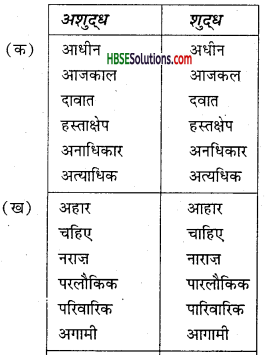
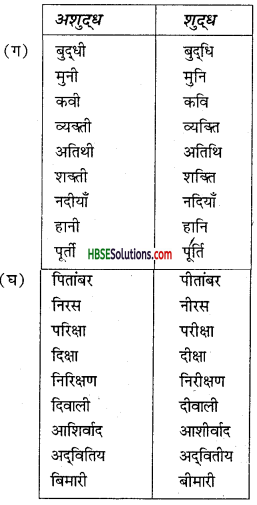
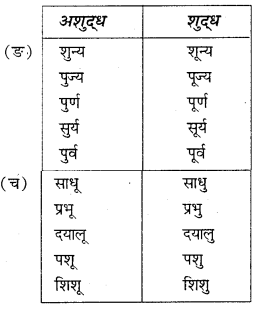
2. नासिक्य व्यंजन संबंधी अशुद्धियाँ
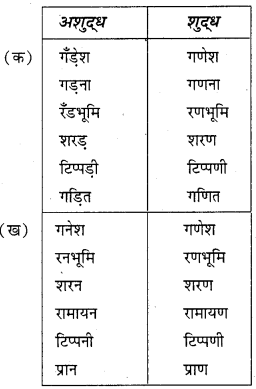
3. अल्पप्राण-महाप्राण संबंधी अशुद्धियाँ
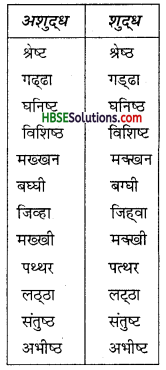
4. व-ब की अशुद्धियाँ
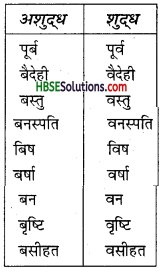
![]()
5. श, ष, स संबंधी अशुद्धियाँ
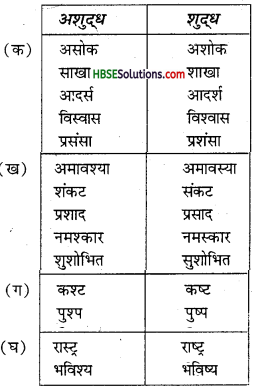
6. छ-क्ष संबंधी अशुद्धियाँ
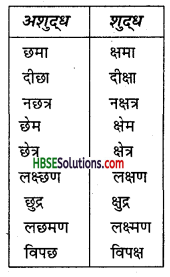
7. ऋ-र संबंधी अशुद्धियाँ
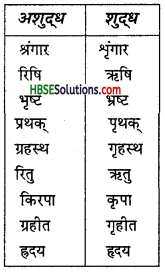
8. चंद्रबिंदु और अनुस्वार की अशुद्धियाँ

HBSE 7th Class Hindi Vyakaran वर्ण-विचार : उच्चारण और वर्तनी Read More »

